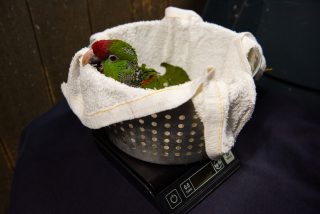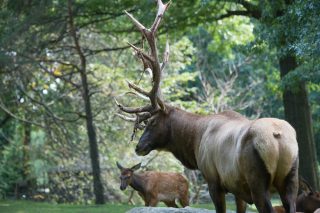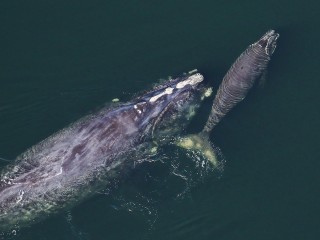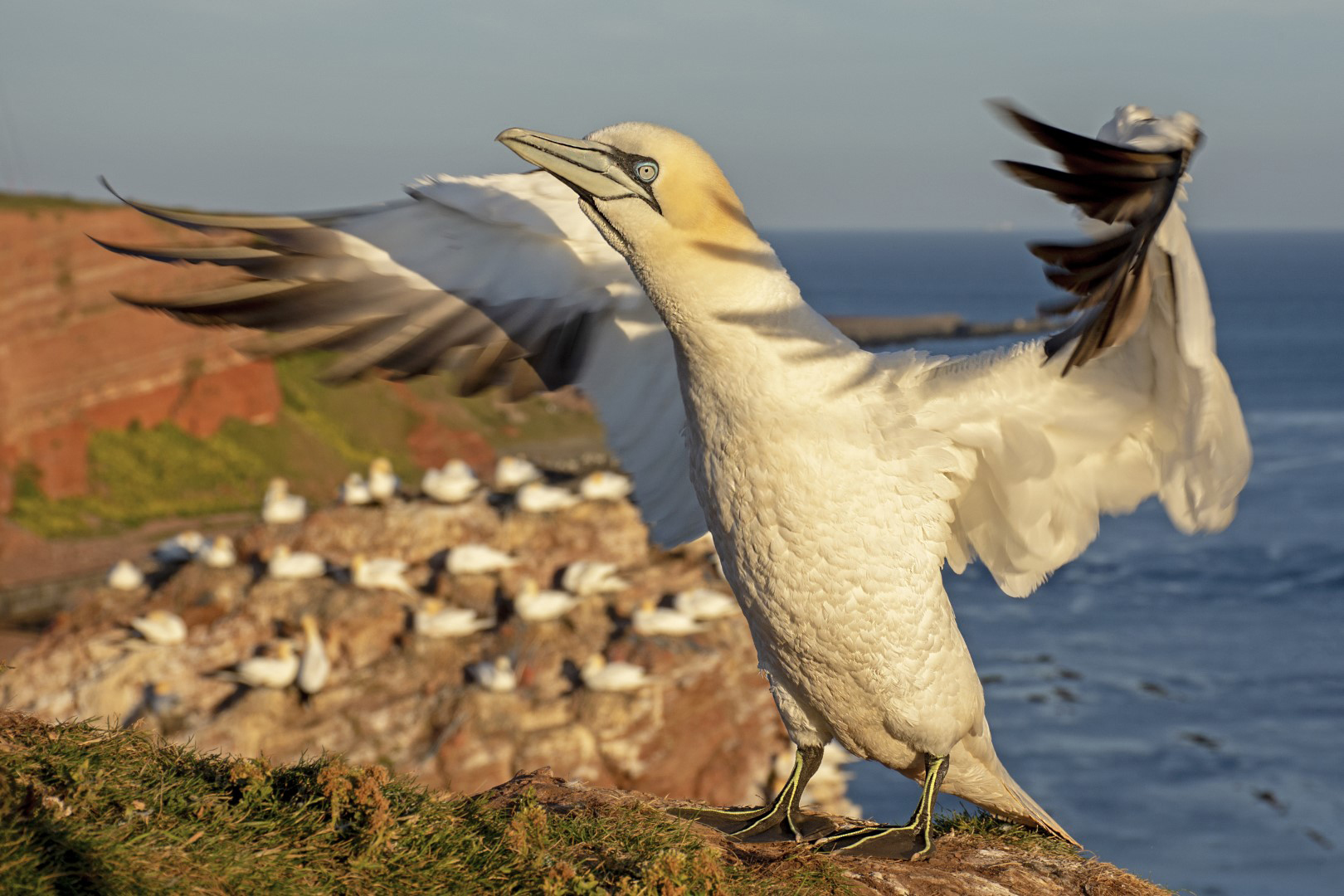
July 5, 2022
Gannets of the North Sea
- as seen by -
 Martin Brogger
@tinchobrogger
Martin Brogger
@tinchobrogger One of the main attractions of the small island of Helgoland, in Germany, is definitely the breeding colony of northern gannets (Morus bassanus). Every year, from March to October, it is possible to follow these birds during the nesting, mating, hatching, and the growth of the chicks. All this takes place in a defined sector of the island known as Lummenfelsen, an area of cliffs that gets its name from another nesting bird, the guillemot.
Young northern gannets reach maturity at four to five years. During the annual breeding season, females lay a single egg, and incubation lasts six weeks. During that time, the parents use their webbed feet to protect and keep the egg warm until hatching. Once ready, after three or four months, the chick fledges by jumping off the cliff and flying towards the sea.
Gannets build their nests normally from seaweed, different plants, and other debris trapped in the sea. Sadly, this also includes any anthropogenic material, such as plastics. Most of the nests contain fishing lines, plastic ropes, garbage, and even face masks. Once embedded in the nests, the plastic is impossible to remove.
The reduction of plastics that reach the sea and efficient management of fishing waste could help promote the conservation of many sea birds like northern gannets.
Nikon




Leave a Comment